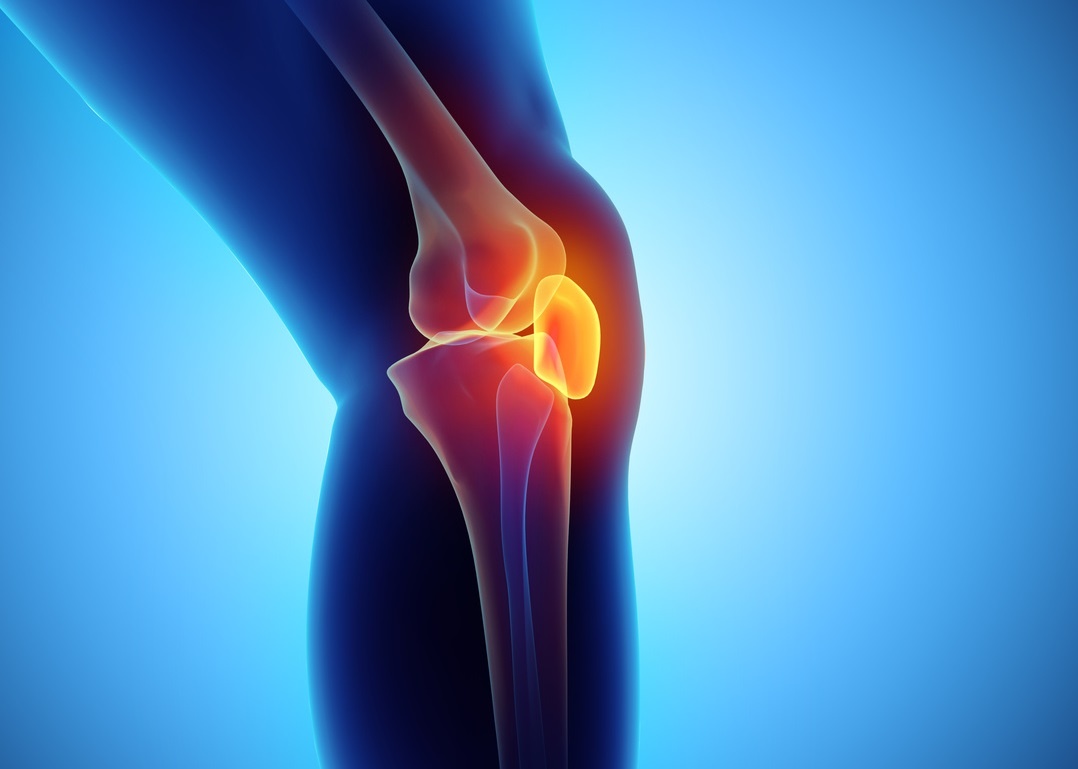Why does knee dislocation occur and how do you fix it?

The knee is the largest joint in the human body and one that we give very little thought to until something goes wrong. It is also one of the more complex joints in the body.
One of the common injuries that people experience in their knees is dislocation of the patella (otherwise known as the kneecap). The patella is a triangle-shaped bone that covers the front of the knee sitting in front of the femur (thighbone). The patella serves an essential role in providing power to allow you to extend your knee.
Patella dislocation occurs when the kneecap shifts out of its normal, v-shaped groove on the front of the femur. The most common cause for kneecap dislocation is when the knee is placed under stress from direct trauma (such as knocking your knee) or a sudden change in direction (such as stepping poorly onto your leg). For some, the bone alignment/anatomy or a torn ligament may be the issue.
Once a patella dislocation occurs, it is more likely to happen again in the future.
People who experience a kneecap dislocation generally fall into three groups when it comes to treatment:
- If this is your first kneecap dislocation, your knee can usually be treated with bracing and physiotherapy.
- If a piece of cartilage has been knocked loose in the knee, a first time dislocation may require kneecap dislocation surgery.
- In the case of recurrent dislocations with minimal trauma, patella surgery may be required to prevent your knee from dislocating again in the future.
There are many potential problems in the knee that cause the kneecap to dislocate easily. Each of these has different surgical solutions. Some patients may have more than one of these factors and therefore may need several problems fixed at once to achieve a good outcome.
Some of the operations that may be considered include
- Reconstructing the medial patellofemoral ligament
- Repositioning the attachment to shin bone (tibial tubercle osteotomy)
- Deepening the groove the patella runs in on the femur (trochleoplasty)
As one of the top Orthopaedic Surgeons in Newcastle and the Hunter, we use a special series of X-rays and CT scans to determine the causes of your kneecap dislocation. This allows us to select the combination of corrections to treat your knee and get you moving again.
21 Apr 2017
Published by Stuart MacKenzie